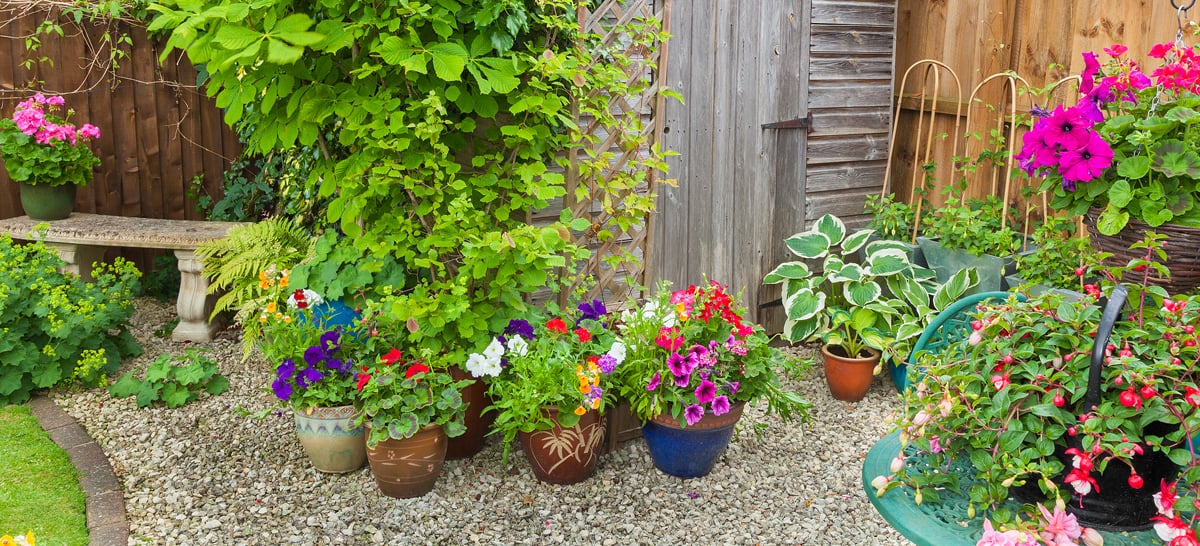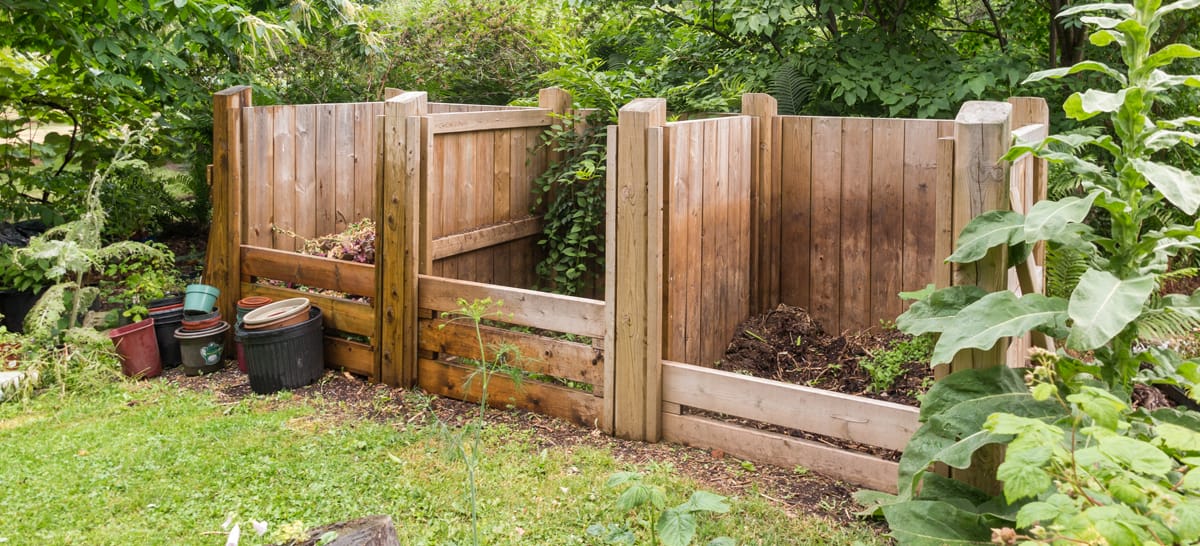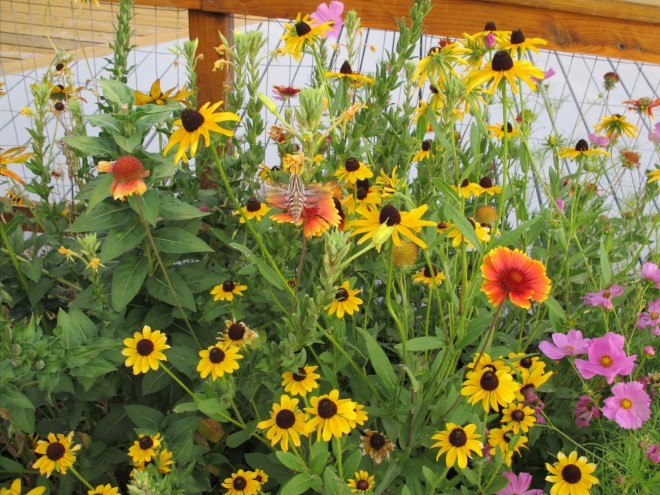
Besides the sheer beauty of a low-water landscape, there are a number of big benefits that come with replacing a grass lawn with low-maintenance plants. Some of these benefits include creating a healthy habitat and ecosystem for local wildlife, improving the health of soil, decreasing yard maintenance, improving sustainability and saving money on water.
If you're ready to enjoy these benefits, read on to get tips on getting started with Xeriscape. Plus, I include my favorite tried-and-true Xeric Perennials to help you get a great start on your Xeriscape this spring.
Tips for Converting Your Lawn to Xeriscape
Take Baby Steps
Removing a grass lawn can be a daunting task if you do it all at once. I have found that slowly chipping away at our home's grass lawn is a great way to make the lawn-to-Xeriscape conversion. Every year, I plan at least one big project that will replace our lawn with a low- or no-water replacement. Some of these projects include low-water plants, pavers, rocks and gravel.
Do Your Research
Get to know your climate, soil and the perennials that lend themselves well to Xeriscaping. I love books by garden designer Lauren Springer Ogden, but I've gotten most of my Xeriscape knowledge from browsing the internet and looking at other Xeriscape gardens. Many local botanical gardens in the West will have an area devoted to Xeriscape, and there are bound to be many people in your town who have low-maintenance landscapes. Take a look around, ask questions at your local nursery and go from there.
Choose the Right Plants
This tip is connected to #2 and is very important. In order to have a successful Xeriscape landscape, you need to use the right plants for your zone, climate and soil. Low-water plants that do well in gravely, fast-draining soil will probably not do as well in clay soil. Also, some xeric plants don't thrive in climates that get more than 20 inches of rain a year.
Map Out Water Zones
Get to know your yard and map out "water zones" by figuring out what areas, if any, will get additional irrigation. Usually, "Zone 1", or the zone that will get the most water, is closest to the house and the hose. Zone 2 will get less water than Zone 1, Zone 3 will get less than 2 and so on. Choose plants accordingly. If you plant perennials that will need to be watered during dry spells, group them together and plant them closest to a water source.
Or, Do it All at Once
Although I prefer to take small steps in replacing my lawn with low-maintenance plants, some motivated home owners choose to completely remove their lawn and replace it with Xeriscape in one fell swoop. If you choose to take this route, check out the options below for turf removal.

How to Remove Grass for Xeriscape
Whether you're removing your entire lawn or taking the "baby step" approach, here are some dependable options for removing your grass lawn.
Solarization
Kill turf with the heat of the sun by covering it with a black polyethylene sheet. If you put the sheet down in the spring, it can take 4 to 8 weeks to kill the grass. Once the grass is dead, you can plant right away without completely removing the old turf. Be aware that this method takes a while, does not work in shady areas and is a bit unsightly.
Sheet Covering
This method takes the longest and you have to begin in the fall, but it leaves you with nutrient-rich soil. Sheet covering is often compared to making lasagna. Your ingredients are compost, cardboard or newspaper (10 sheets thick), organic materials like grass clippings and mulch. Spread and moisten compost, cover with overlapping cardboard or newspaper and moisten, cover with more compost, top with up to 18 inches of organic material and then top with a thick layer of mulch. Plant the following spring.
Physical Removal
This is the approach we take at my house, since we do small areas at a time. We use spray paint to outline the area we want to dig up, and then use a sharp spade or shovel with a flat tip to remove the grass at the roots. This approach is easiest in the spring when the soil is still wet and soft.
Vinegar
White vinegar will kill grass when applied like an herbicide, but it is best used in small areas because it can get expensive. Once you saturate the grass with vinegar, it will take a few days for the grass to die, and then you can start digging and planting.
Glyphosate Herbicide
This method is given the "okay" by some horticulturalists, but many don't recommend using toxic chemicals that will likely end up in the water supply, on pets, on children or inside houses. But if you choose to go this route, use a backpack sprayer and a glyphosate herbicide concentrate to kill weeds and turf, and then plant directly into the sod. Glyphosate is a non-specific contact herbicide, so be sure to use it on a calm, warm and sunny day.
Favorite Low-Water Perennials for Xeriscape
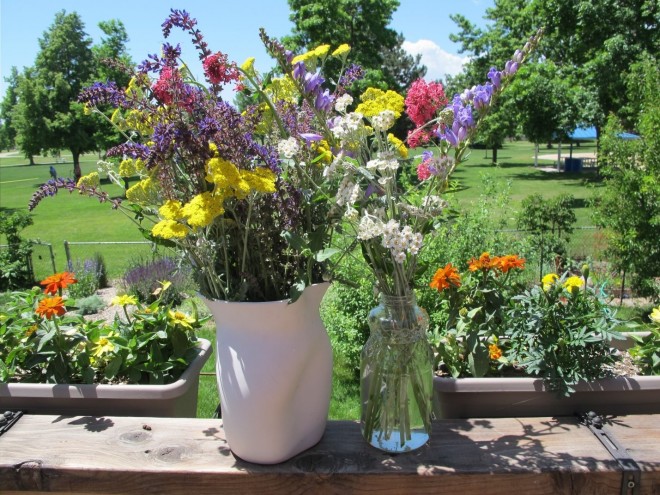
Ready to get started? Here are five of my favorite low-water, low-maintenance perennials that do well in my garden and have been time-proven in other gardens, as well. Once plants are established, I do not water or fertilize them. The only thing I water in my yard is the veggie garden. All of these plants are hardy, showy and pollinator-friendly.
1. Salvia
You simply can't go wrong with "May Night" Salvia. It will continue to bloom all summer long if you keep it deadheaded and is a favorite for pollinators. My Salvia is buzzing with friendly honey bees all summer long. It will self-sow if you leave old flowers alone. May Night Salvia is also rabbit and deer resistant.
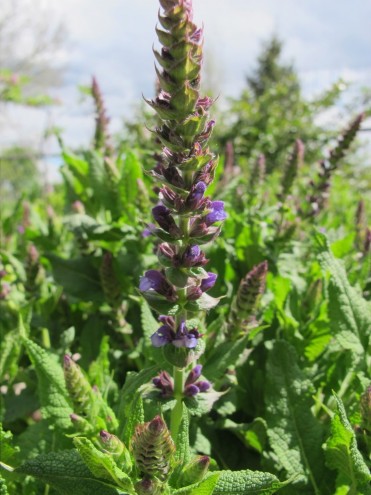
2. Penstemon
Any kind of Penstemon is a must for the Xeric garden, and I prefer the native Rocky Mountain Penstemon (on the left in the picture below, with salvia on the right). It is a beautiful, dependable native plant for my Colorado Xeriscape; and attracts hummingbirds, huge Swallowtail butterflies, hummingbird moths and plump bumble bees.
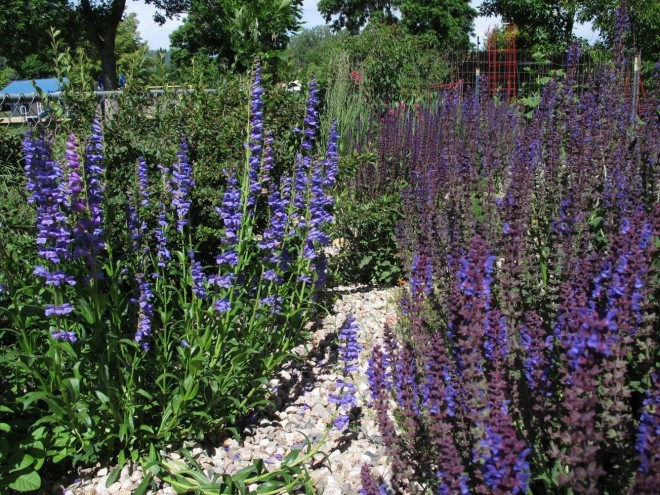
3. Jupiter's Beard (Red Valerian)
A Xeric perennial that blooms all summer long, this hardy plant does just as well in shady areas as it does in full sun. It grows up to 36 inches tall and adds color and dimension to drought-resistant plantings.
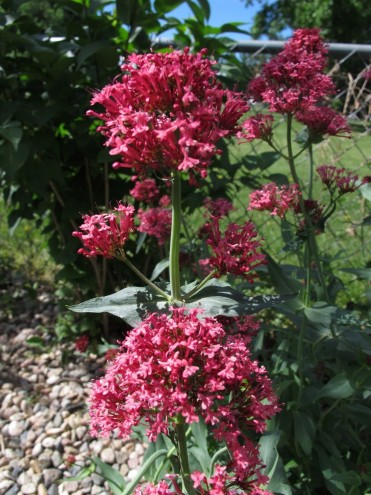
4. Yarrow
My "Moonshine" Yarrow brightens up the garden and bouquets all summer long with bright yellow flowers. It's incredibly adaptable, hardy and dependable. This variety is very drought resistant but can still thrive in climates that get up to 50 inches of annual rainfall.
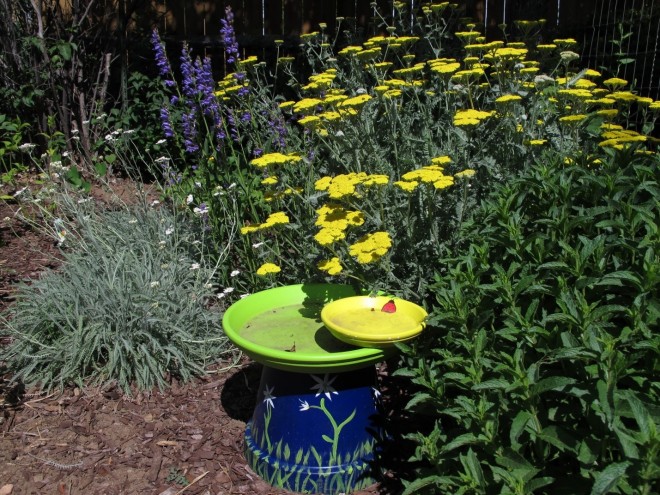
5. Wild 4 O'Clock
A true-blue Xeric perennial, Wild 4 O'Clock has a huge, deep-growing taproot that keeps it healthy even in a severe drought. It can grow in any soil and grows best without extra irrigation. The bright pink flowers open in the late afternoon and bloom all summer long.
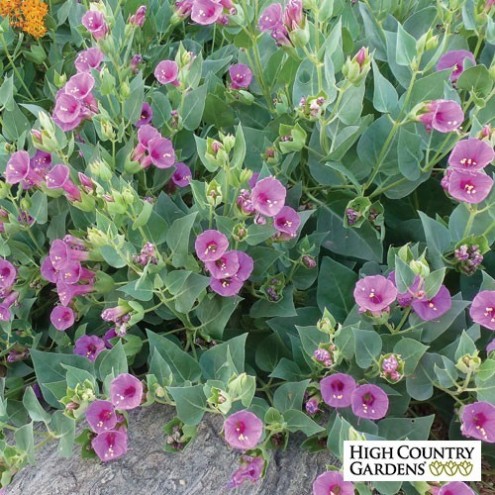
Ready to enjoy all of the benefits of a low-maintenance and sustainable landscape? Get started with Xeriscape this spring! Xeriscape is so beneficial that some cities like Fort Collins, Colorado are encouraging home owners to invest in Xeriscape landscaping through an incentive program that offers classes and monetary incentives. Check your city's website to see if it offers a similar program that might help you get started.


